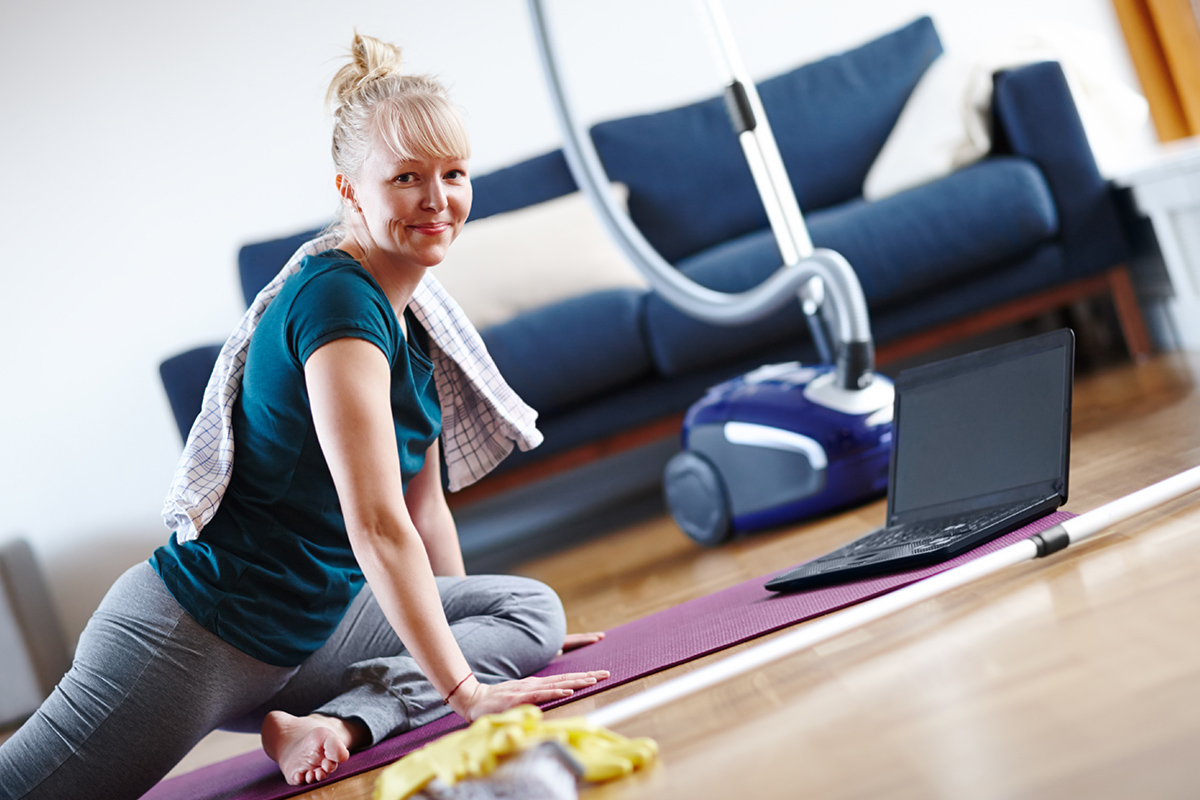
(Interestingly, on average, female walkers were faster than men in all of the categories.) Had a pace of 25 minutes or more per mile. The majority of the walkers in this group in fact required at least 20 minutes to complete a mile, and many While those in Category 4, the slowest, strolled at a relatively dilatory 17 minutes or more per mile. Those in Category 1, the fleetest, averaged less than 13.5 minutes per mile, putting them on the cusp of jogging, Williams divided participants into four numerically equal categories, based on their normal pace. His findings were published online this month in PLoS One.ĭr. Speed of fitness walker, from sluggish to swift. Williams, a statistician at Lawrence Berkeley National Laboratory, gathered data about 7,374 male and 31,607 female participants from the walkers’ health study, who represented almost every It has generally been assumed that if people walk more slowly but expend the same total energy as brisk walkers - meaning that they spend more time walking - they should gain the same health benefits.īut few large-scale studies have directly compared the impact of moderate- and light-intensity walking, especially in terms of longevity.

For walkers, a moderately intense pace would probably be about
#BRISK WALKING PACE ZIP#
Others zip along at twice that pace or better, resulting in a sweatier workout.Įxercise guidelines generally suggest that for health purposes, people should engage in 30 minutes of moderate-intensity activity most days of the week. Some stroll at a leisurely 2 miles per hour, But people who walk for exercise do so at wildly varying speeds and intensities.

Recruited beginning in 1998 at walking events and from lists of subscribers to walking-related publications, these volunteers filled out a lengthy survey about their typical walkingĭistance and pace, as well as their health history and habits.Īs most of us would likely guess, walking is the most popular physical activity in America. The findings stem from a new analysis of the National Walkers’ Health Study, a large database of information maintained at the Lawrence Berkeley National Laboratory about thousands of middle-age men and women But now a first-of-its-kind study shows that to get the most health benefits from walking, many of us need to pick up the pace. Walking, fast or slow, is wonderful exercise. Gretchen Reynolds on the science of fitness.


 0 kommentar(er)
0 kommentar(er)
